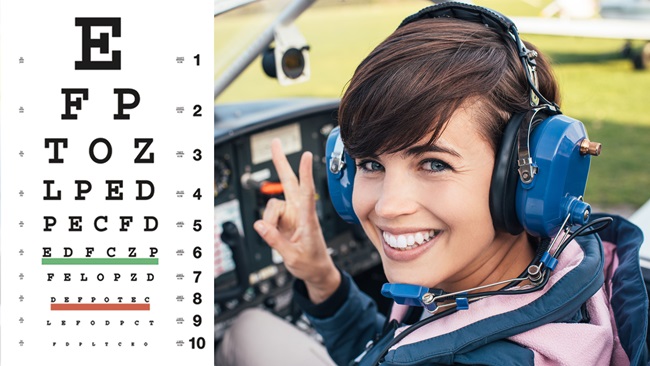NTSB releases study on medication, drug use
AOPA cautions findings are incomplete and inconclusive
A National Transportation Safety Board (NTSB) study on pilot drug use released Sept. 9 is incomplete and its conclusions should be regarded with caution, AOPA said.
The study of more than 6,600 cases reviewed toxicology tests performed on pilots killed in aviation accidents from 1990 through 2012. The study concluded that drug use of all types, including over the counter and prescription medications, is on the rise among pilots and that the risk of impairment from drugs is also increasing.
Despite the apparent increase in drug use among pilots, the study noted that there has not been a corresponding increase in the proportion of accidents in which the NTSB determined that impairment was a contributing factor. In fact, there are only a handful of accidents each year in which medical or drug impairment is cited as a factor. The study also noted that some portion of the increased level of drug use could be attributable to the fact that the pilot population, like the U.S. population, is aging.
“There are just far too many gaps and unknowns in this study for us to be able to draw any meaningful conclusions about aviation safety,” said AOPA President Mark Baker. “Overall the number of general aviation accidents has declined significantly over the past decade, and continuing that trend should be our focus. What pilots really need is good information about how to determine their fitness to fly, and we are working with medical experts and others in the aviation community to give them better educational and decision-making tools.”
In the report, the NTSB recommended that the FAA provide a list of drugs that are allowed and disallowed. Currently, the agency only provides such information to aviation medical examiners and does not make it available for use by pilots.
While the FAA does not make available an official list of medications that are considered safe for aviation activities, AOPA has worked to fill this gap. AOPA started building a medications database more than 10 years ago, and through regular contact with the FAA and members, the association continues to add more allowed and disallowed medications. The list contains the trade and generic names, the drug classification, what the drug is FDA-approved to treat, and the drug's status with the FAA.
Following the report's release, Baker noted that "It is also impossible to tell how drug use among pilots compares to drug use in other forms of transportation since only aviation has such strict toxicology testing standards and maintains a robust database."



